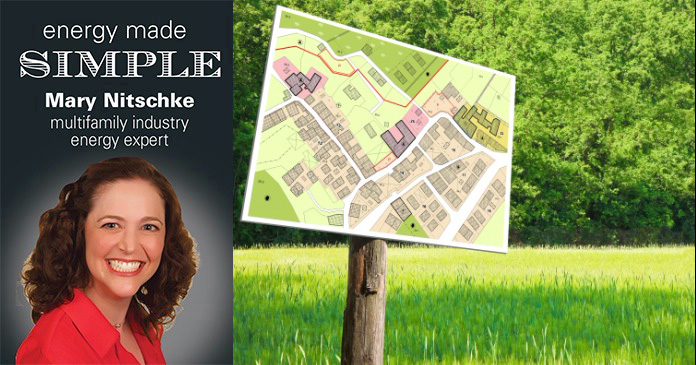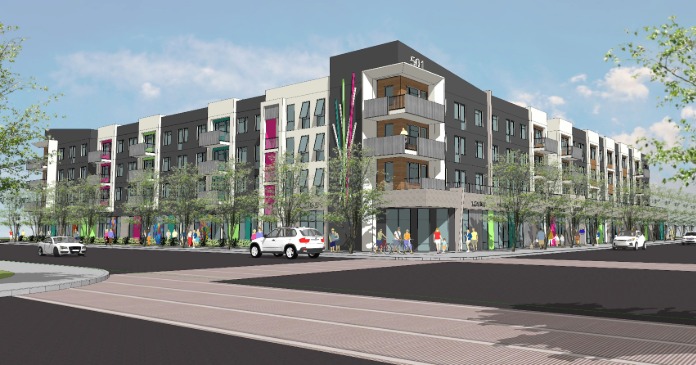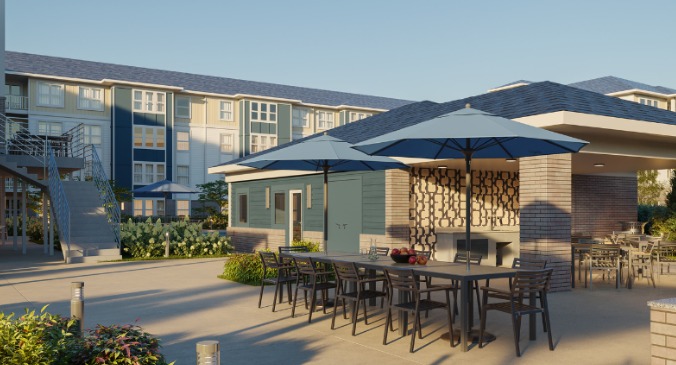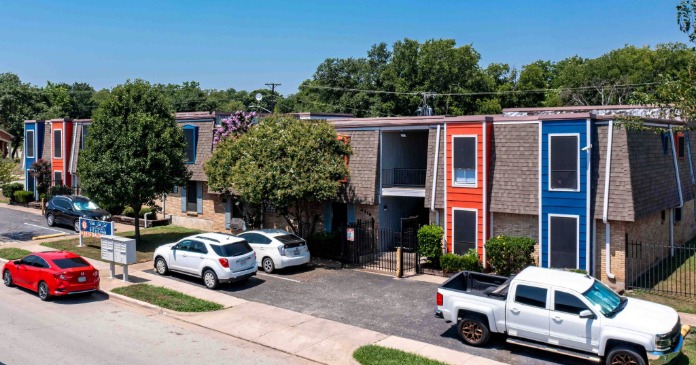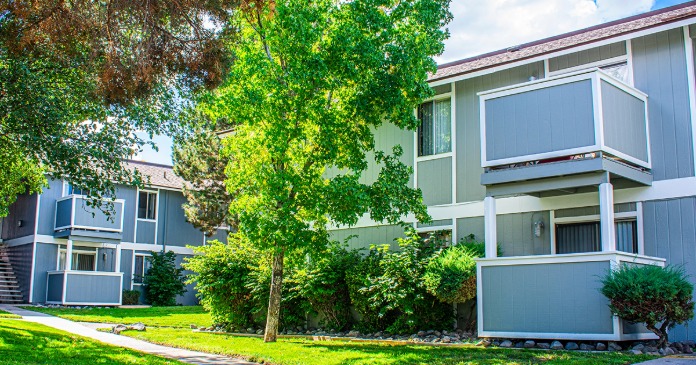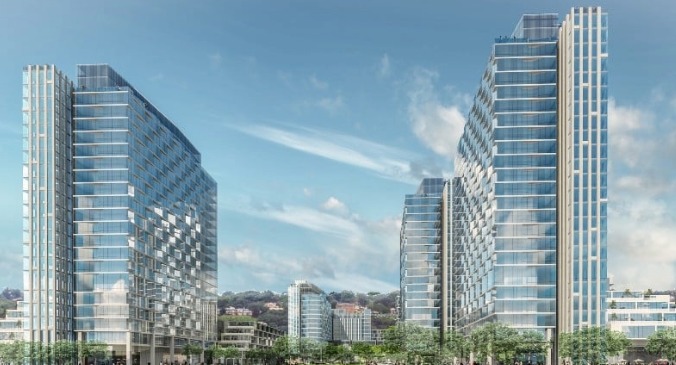Recently, ULI’s Lewis Center for Sustainability hosted a sustainability exchange session, titled: Reshaping the City: Zoning for Sustainability, Health, and Inclusion, in which Sara C. Bronin, author of “Key To The City” discussed how local zoning regulation can be used to promote or discourage sustainability practices. The insights were surprising.
For example, it was noted that, in Scottsdale Arizona, there is a zoning requirement for green lawns in residential construction. This zoning requirement contributes to the fact that 70% of the water consumption in the city is used outdoors. Other cities such as Phoenix Arizona, which have zoning for xeriscaping in their municipal codes, have reported that only about 40% of water use goes toward irrigation.
Although it only covers about 30% of the zoning in the United States, zoningatlas.org brought examples to light which showed other key factors controlled by local zoning requirements that actually discourage sustainability in construction.
- Density of Construction: Zoning Atlas shows that most cities and regions allow for the construction of single-family homes, whereas substantially fewer areas allow for higher density construction such as multifamily (defined as four units or more). One example Sara noted was that only 2% of the land in Connecticut was zoned for multifamily housing. Using the Zoning Atlas tools, you can see NIMBY (not in my back yard) in the zoning allowances at the local level.
The purple on the map shows where single-family construction is permitted:
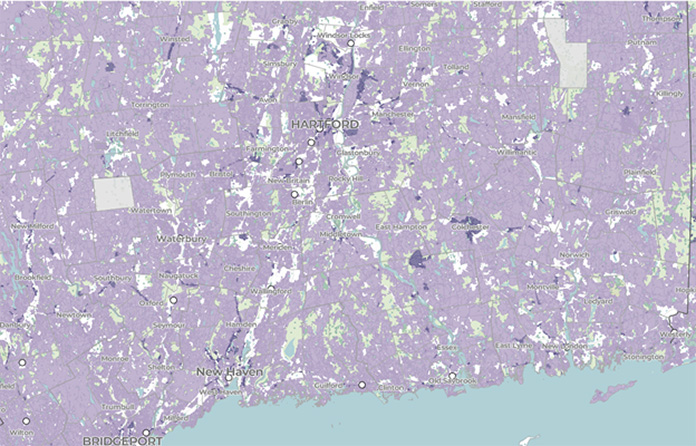
The purple in the image below shows where multifamily construction is permitted:
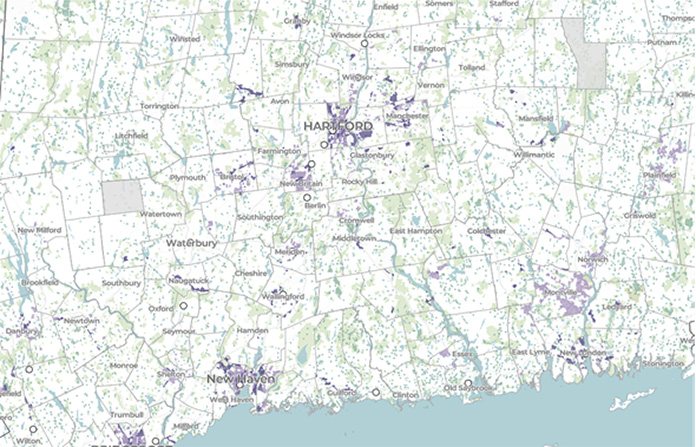
- Parking requirements. Another key aspect controlled by zoning ordinances is the requirement for parking, which promotes automotive necessity for people who live in affected areas. The Zoning Atlas toggle can be set to show where construction without parking is permitted by zoning. This is a fascinating evaluation when you consider that markets with a high walkability score have high demand and higher resale value.

It is interesting to compare building codes with local zoning ordinances. Zoning ordinances are typically set at the local level by cities, counties, and municipalities. Building codes are set at the state level and are based on information from higher level organizations, such as the International Code Council. Zoning ordinances focus on land use whereas building codes focus on the actual construction and safety standards of the building. This suggests that zoning ordinances are easier to adjust than building codes, making zoning for sustainability, walkability, and access to housing achievable, if we can just get past NIMBY. In either case, the visual insights of zoningatlas.com show the opportunities for construction in front of us.


